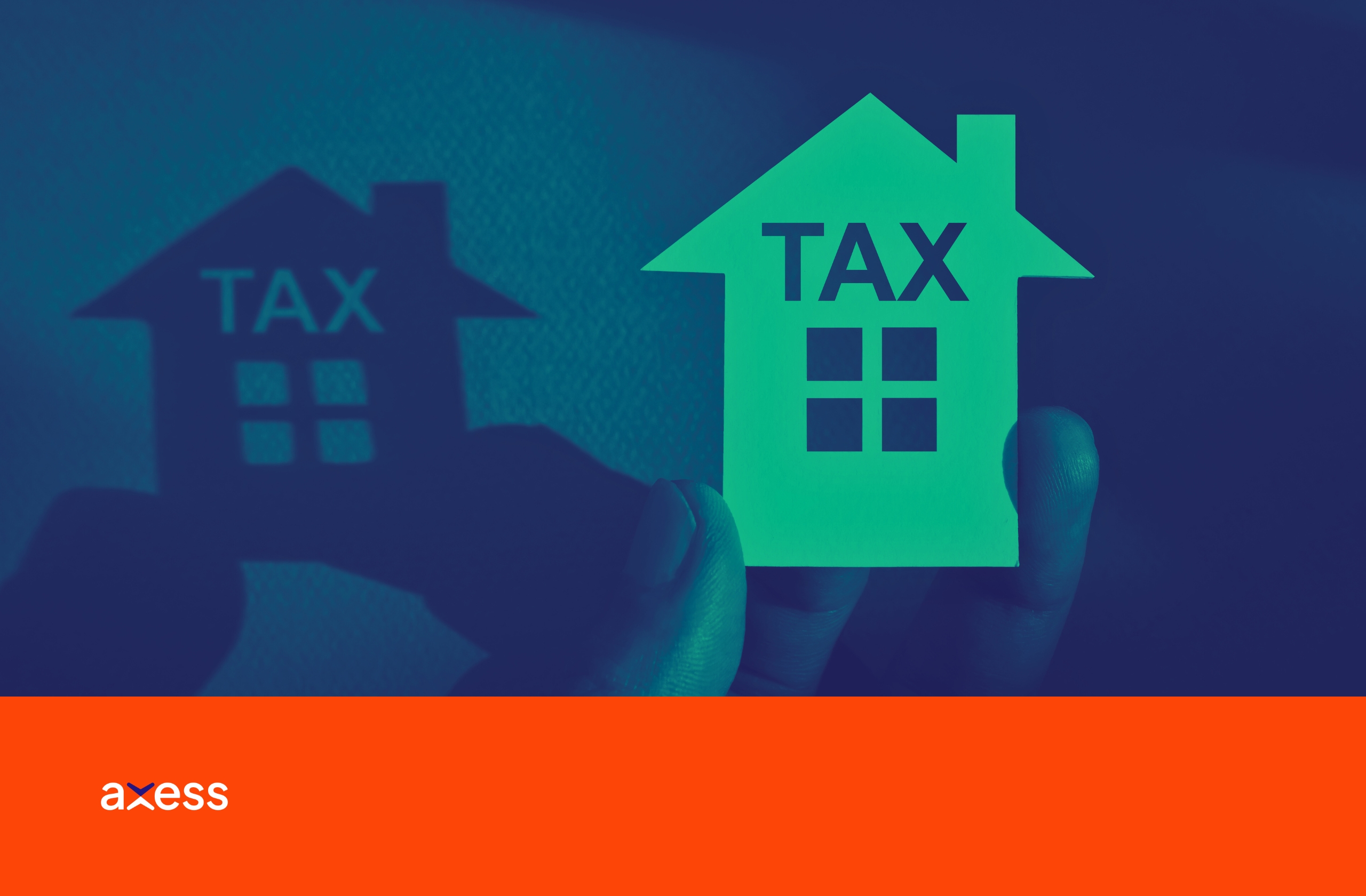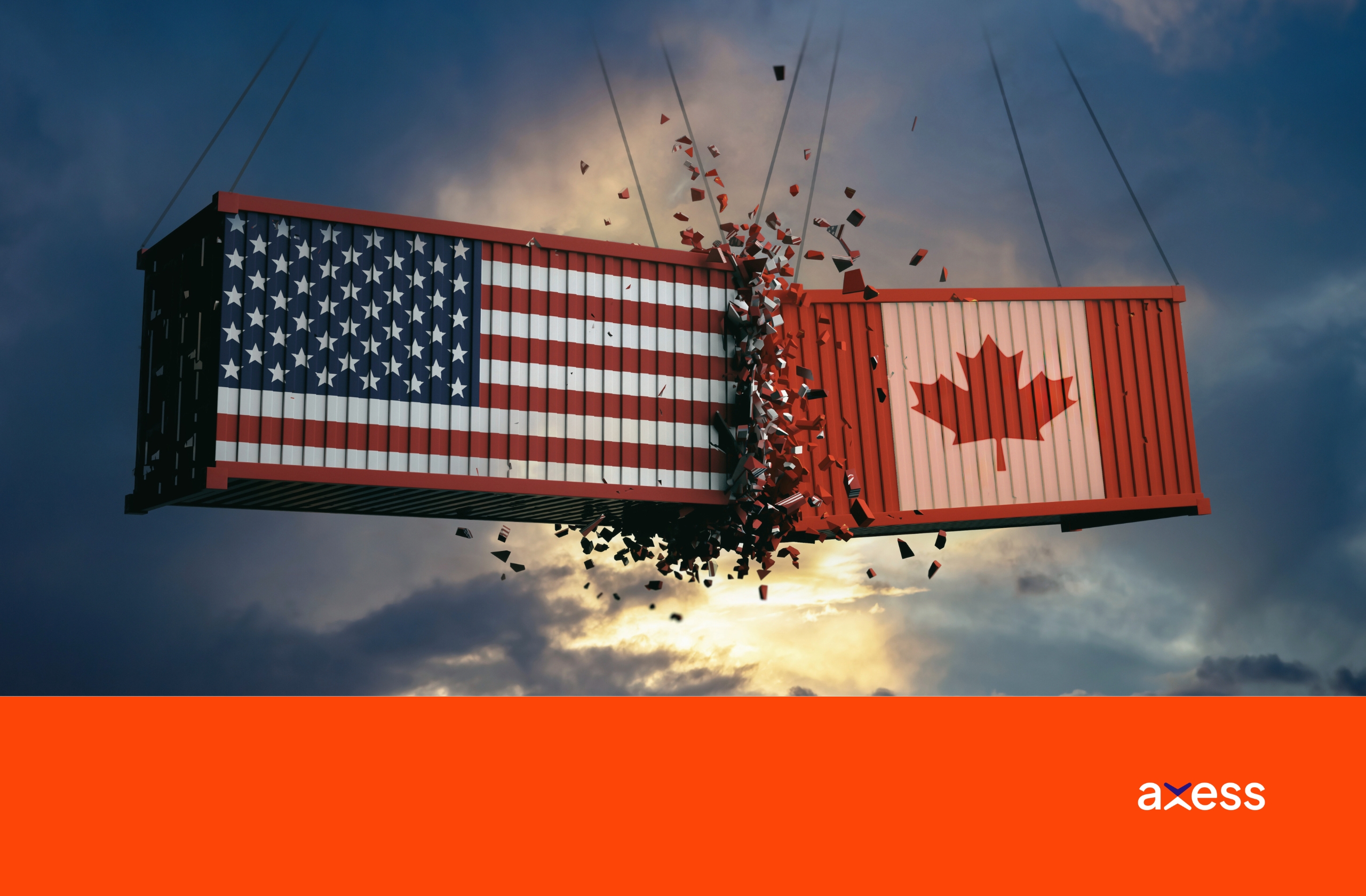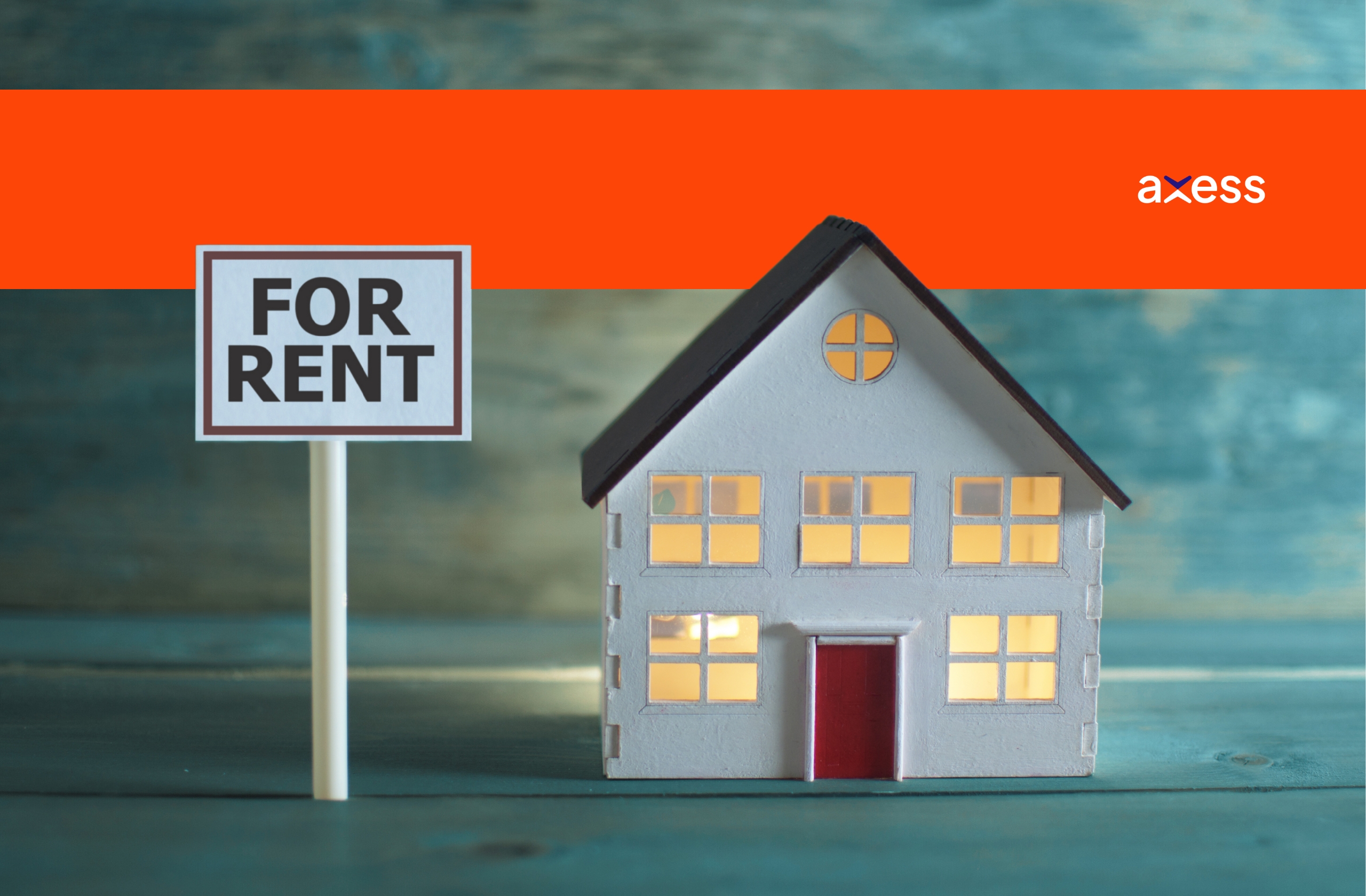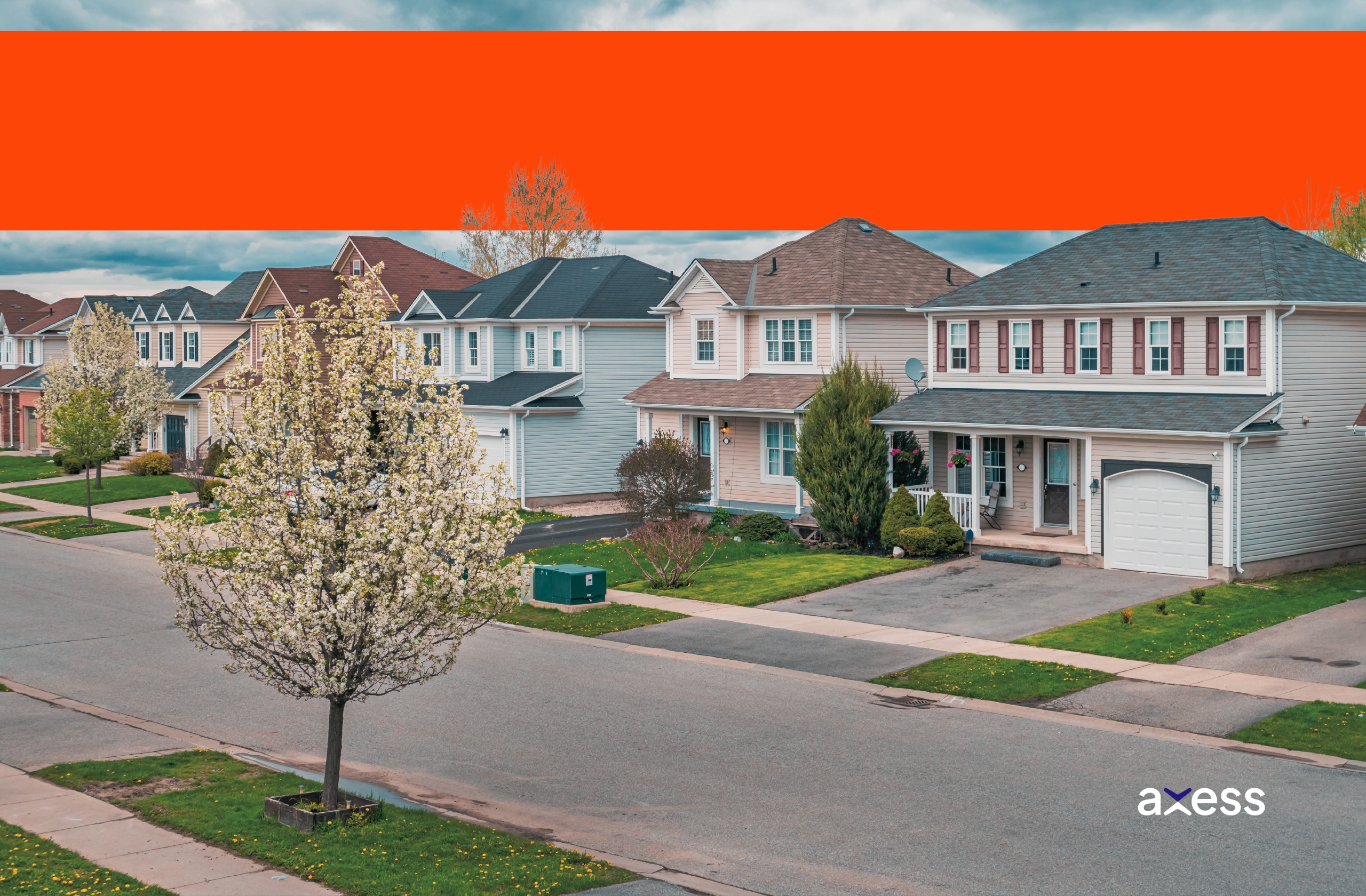Declaration Form Frequently Asked Questions
Published on 3 December 2020, 08:16:31 AM
Have you been asked to sign declaration forms confirming personal information? Axess Law can notarize or commission forms for almost every legal purpose:
- replacing lost or stolen passports
- declaring principal residences
- traffic tickets in Greater Toronto Area
- notarizing promissory notes
- applying for pensions or benefits
- proving marital status
- or seizing and selling property.
Our licensed notary publics meet with you online, anywhere in Ontario, via virtual video call. Call to book in person appointments at our Greater Toronto Area law offices. Day or evening appointments can be arranged, at your convenience.
1. Do Ontario HOAs have to hold a vote to change CC&R’s?
The short answer is yes. Changes require consent from HOA (homeowners’ association) members, typically by mail-in vote. Like condo or bare land strata bylaws, CC&Rs (the declaration of covenants, conditions and restrictions) are legal documents that affect how homeowners use, value, enjoy or occupy their condo, home or land. Unless CC&Rs state otherwise, a majority of owners must approve any amendments. An Axess Law Ontario notary lawyer near you can advise you on amending CC&Rs or other restrictive covenants to reflect Ontario or Canadian laws or municipal zoning statutes. We can notarize your declaration virtually over video or in person.
Example of CC&Rs: https://www.gothoa.com//www/wp-content/uploads/WMV_CCRs.pdf
2. What is a declaration form?
Quite simply, it’s a form containing facts. Canada customs declaration forms can be used to give information, such as declaring gifts bought while abroad. You could be asked to fill one out a declaration form if you lose something, such as your purse on a TTC bus. They are typically “unsworn”, meaning it’s not necessary to have your signature witnessed by a notary public, commissioner of oaths or anyone else. In contrast, statutory declaration forms are based on laws or “statutes”. For instance, the Retail Sales Tax Act allows you to gift a used vehicle to your spouse in Ontario without paying taxes by submitting a sworn declaration.
Form: Sworn Statement for a Family Gift of a Used Vehicle in the Province of Ontario – PDF link
3. How do I declare Retin A on my customs form?
Residents and visitors can cross the Canadian border with prescription drugs for personal use, as long they limit their supply to 90 days or less. It is not necessary to declare it separately. The drug must be packaged as dispensed by a hospital or pharmacy, with the original label showing what it is and contains. If you are landing in Ottawa or at Toronto Billy Bishop Airport or terminal 3 of Pearson International Airport, declare the total value of all items using a primary inspection kiosk and CanBorder – eDeclaration mobile app. Otherwise, an airline attendant will give you a paper declaration card before your arrival.
Form: CBSA Declaration Card – PDF link
4. How to fill out customs declaration form?
You can complete a Canadian customs declaration form at primary inspection kiosks in major airports. Otherwise, your airline attendant will give you one. State your contact information, including for any travellers living with you. Explain how you are arrived, if your trip was direct, why you are here and for how long. Declare the value of items purchased or received abroad. Indicate if you are bringing restricted or prohibited items, such as firearms, weapons, commercial goods, food, plant, animal or agricultural products, or $10,000 Canadian or more with you. Sign the card and you’re done.
Form: CBSA Declaration Card – PDF link
5. Is the Canada Border Services Agency (CBSA) supposed to take the customs declaration form from travellers?
All travellers to Canada are greeted by a border services officer. Give the officer your customs declaration form if you travelled by air, sea or private vehicle or a receipt from an electronic primary inspection kiosk. Use the eDeclaration mobile app to save time. Canadian citizens and permanent residents can fill in a customs declaration form at the automated border crossing kiosk at major international airports or a NEXUS kiosk if they have a NEXUS frequent traveller card.
Form: CBSA Declaration Card – PDF link
6. Who receives the customs declaration form for Canada?
Give your customs declaration form, I.D. and travel documents to a border agent at a CBSA (Canadian Border Services Agency) primary inspection checkpoint. You can fill out a paper form or complete a Canadian customs declaration form at a self-service kiosk at major international airports and give the agent the kiosk receipt. Be sure to declare anything you bought while travelling, including at a duty free shop, and are bringing into or mailing to Canada. Include food, pet foods, plants, firewood, live bait, weapons and self-defence devices — some are restricted or prohibited. The form has information on duty free allowances and personal exemptions.
Form: CBSA Declaration Card – PDF link
7. Where can I obtain a RCMP non-resident firearm declaration form?
Registration records are kept by the RCMP’s Canadian Firearms Program (CFP). You can bring non-prohibited firearms into Canada by completing a Non-Resident Firearm Declaration Form when you cross the border. Use the Non-Resident Firearm Declaration Continuation Sheet if you have more than three firearms or new firearms to declare since your last visit. The Canadian firearms declaration form gives you a temporary firearms licence for up to 60 days. You must extend it or dispose of the firearms when it expires. Contact the Chief Firearms Officer for Ontario by calling the CFP toll free at 1-800-731-4000. Forms are available below or online at www.rcmp-grc.gc.ca.
Form: Non-Resident Firearm Declaration – PDF link
Form: Non-Resident Firearm Declaration Continuation Sheet – PDF link
8. Does the U.S. customs declaration form still exist?
Like Canada, the U.S. is going electronic with self-service kiosks at major international airports. The kiosks scan your travel documents and record your responses to questions on the declaration form. You can still download a paper U.S. customs declaration form to fill in before you get to the border or you may get a paper copy if the U.S. port you enter doesn’t have automated passport control kiosks. Declare gifts, inheritances, purchases, goods you are transporting for friends, wares for a business, alterations or repairs and anything being shipped directly to your home from specific countries listed on the U.S. customs form.
Form: U.S. Customs Declaration – PDF link
9. Where can I get a U.S. customs declaration form?
U.S. customs forms are available below or online at www.cbp.gov. CBP Declaration Form 6059B has to be completed when you enter the U.S. from Ontario or anywhere in Canada. You can download the online form and complete it in advance and get a copy from an airline attendant, boat or bus operator or at any U.S. entry port. Canadian citizens can bypass the paper form by using self-service automated passport control kiosks at international airports. The kiosks scan your passport and other travel documents, so you spend less time waiting to be interviewed by a U.S. border officer.
Form: https://www.cbp.gov/document/forms/form-6059b-customs-declaration-english-fillable
Form: U.S. Customs Declaration – PDF link
10. Where do I declare qualifying dividends on a 1040 form?
U.S. citizens who need to declare income from Canadian dividends that exceeds $1,500 report it on Schedule B of IRS form 1040. The schedule is also used to record interest from bonds or seller-financed mortgages. Include all sources of interest and declare dividend income on sections 1 and 2 of the form. For 2019, qualified dividends were taxed the same way as long-term capital gains. Submit IRS forms by June 15 annually or April 15 to avoid any interest penalties at all. You are only excused from reporting worldwide income if you have renounced your U.S. citizenship altogether.
Form: 1040, U.S. Individual Income Tax Return – PDF link
Form: Schedule B, Interest and Ordinary Dividends – PDF link
Form: 8938, Statement of Specified Foreign Financial Assets – PDF link
11. What is the purpose of IRS form 2120 multiple support declaration?
Say you plan to claim dependents on your U.S. annual individual income tax return. Your sister financially supported your elderly parents 25% of the time, but has agreed not to claim it on her taxes so you can. Provided you agree only you will apply for the tax deduction, ask your sister to sign a statement waiving her right to claim your parents as dependents. Indicate that on your form 2120 when you submit your 1040 tax return. You can make a form 2120 claim on your U.S. taxes for anyone who paid more than 10% of the annual support costs for a qualifying relative. Go to Publication 501 (2019), Dependents, Standard Deduction, and Filing Information if you have questions about form 2120 multiple support declaration.
Form: https://www.irs.gov/pub/irs-pdf/f2120.pdf
12. What IRS form can I use to declare SSA benefits?
U.S. citizens living in Ontario pay taxation on Social Security (SSA) benefits in Canada, not the U.S. Declare the net amount of your social security benefits in Canada from box 5 of your annual IRS SSA-1099 Social Security Benefit Statement on line 11500 of the T1 Canadian income tax return. Claim any deductions you are eligible for on line 25600 — a tax preparation service or accountant can advise you if you qualify. If you live in the U.S. and not Canada, report the taxable portion of SSA benefits on line 5a of Form 1040, U.S. Individual Income Tax Return, or Form 1040-SR, U.S. Tax Return for Seniors.
Form 1040, U.S. Individual Income Tax Return – PDF link
Form 1040A, U.S. Tax Return for Seniors – PDF link
13. How do I fill out a homestead declaration form?
A U.S. homestead declaration is equivalent to declaring a principal residence in Ontario. Protections vary by state, but homestead laws basically prevent creditors, people who sue you or property tax collectors from seizing your principal residence to pay outstanding debts. You can get homestead declaration forms from the official website for the state where you live or use a bankruptcy service to complete the form. In Ontario, go to the Canada Revenue Service website, www.canada.ca, or use the forms below to declare a principal residence for income tax purposes.
Form: https://arcc.sdcounty.ca.gov/Documents/DH.pdf
Form: Designate Principal Residence for Individual – PDF link
Form: Designate Principal Residence for Deceased – PDF link
14. Does FEMA disaster aid get declared as an insurance benefit on form 4684?
It can. Property gains or losses from FEMA disaster aid are recorded as insurance or other reimbursement on form 4684 of the IRS individual income tax return when you have a U.S. home damaged or destroyed in a natural disaster. Itemized deductions are not necessary if your community is declared a federal disaster area. Sudden, unexpected or unusual events such as fires, floods, storms or earthquakes qualify for insurance benefit on form 4684. Do not include post-disaster relief grants you use for medical, dental, housing, personal property, transportation or funeral expenses.
Form: https://www.irs.gov/pub/irs-pdf/f4684.pdf
15. Can you print out a trial by written declaration form and send it in?
By all means. What better way to defend yourself in U.S. traffic court — just mail in a trial by written declaration. Make your case in writing and let the judge decide. Like anything, written declarations have their downsides. For instance, your case won’t be automatically dismissed if the police officer fails to show in court that day. But if you’re content to live with the court’s decision, it’s convenient. You can pay Ontario driving offence tickets by mail too. But if you want to defend an Ontario traffic violation ticket, be prepared to hire a lawyer or go to court yourself.
Form: Trial by Written Declaration – PDF link
16. What is a Bureau of Immigration and Naturalization declaration of intention form used for?
Planning to live permanently in the U.S. and become an American citizen? A declaration of intent for naturalization in the U.S. is how it’s done. Canadian citizens and other foreign nationals who are U.S. permanent residents (have a green card) and of good moral character can apply. You must be at least 18 and live and work in the U.S. continuously for five years (three years for applicants’ spouses). Citizenship applications can be submitted 90 days before your green card expires. Axess Law online notaries are legal and can make certified true copies of residency documents, including naturalization declaration of intention, or notarize virtually, anywhere in Ontario.
Form: https://www.uscis.gov/sites/default/files/document/forms/n-400.pdf
17. How do I fill out a property transfer declaration form in Ontario?
You can transfer property to an Ontario spouse tax-free if it is your principal residence and no money or other consideration changes hands. Bring the PID or property identifier, deed, title or other proof of ownership, property assessment roll number, property tax bill and, if it is mortgaged, bank authorization agreeing to the transfer. A copy of your court order or written separation agreement is required if you are separated or divorced. Transfer property from a deceased spouse by making a survivorship application. Virtual notarization is legal in Ontario — ask us for more details about property transfer declaration in Ontario.
Form for Transfer/Deed of Land – PDF link
Form for Land Transfer Tax Affidavit – PDF link





